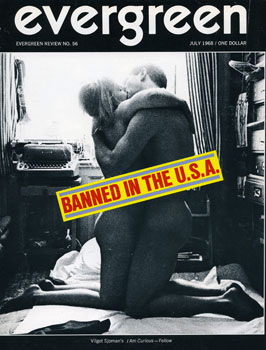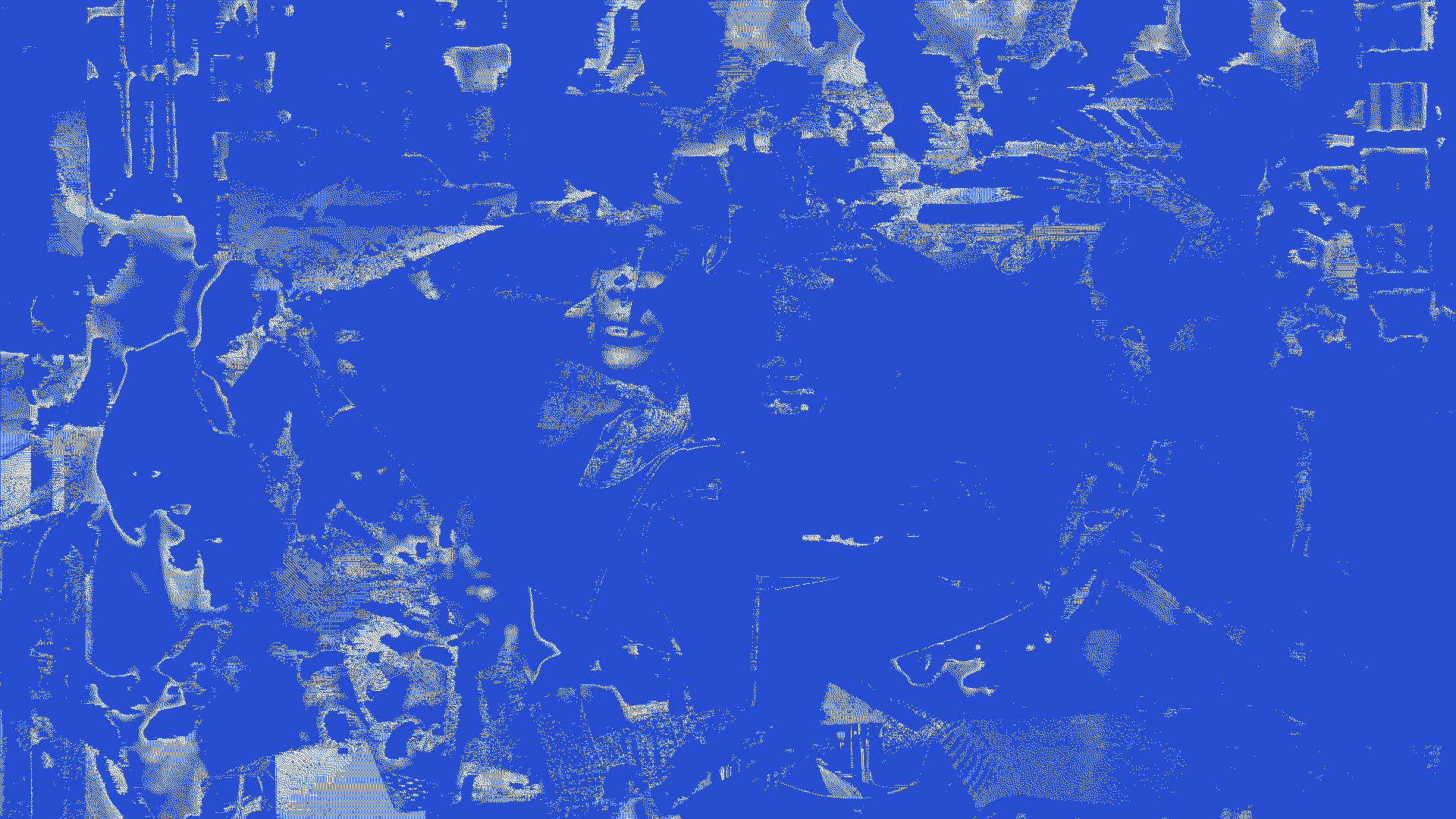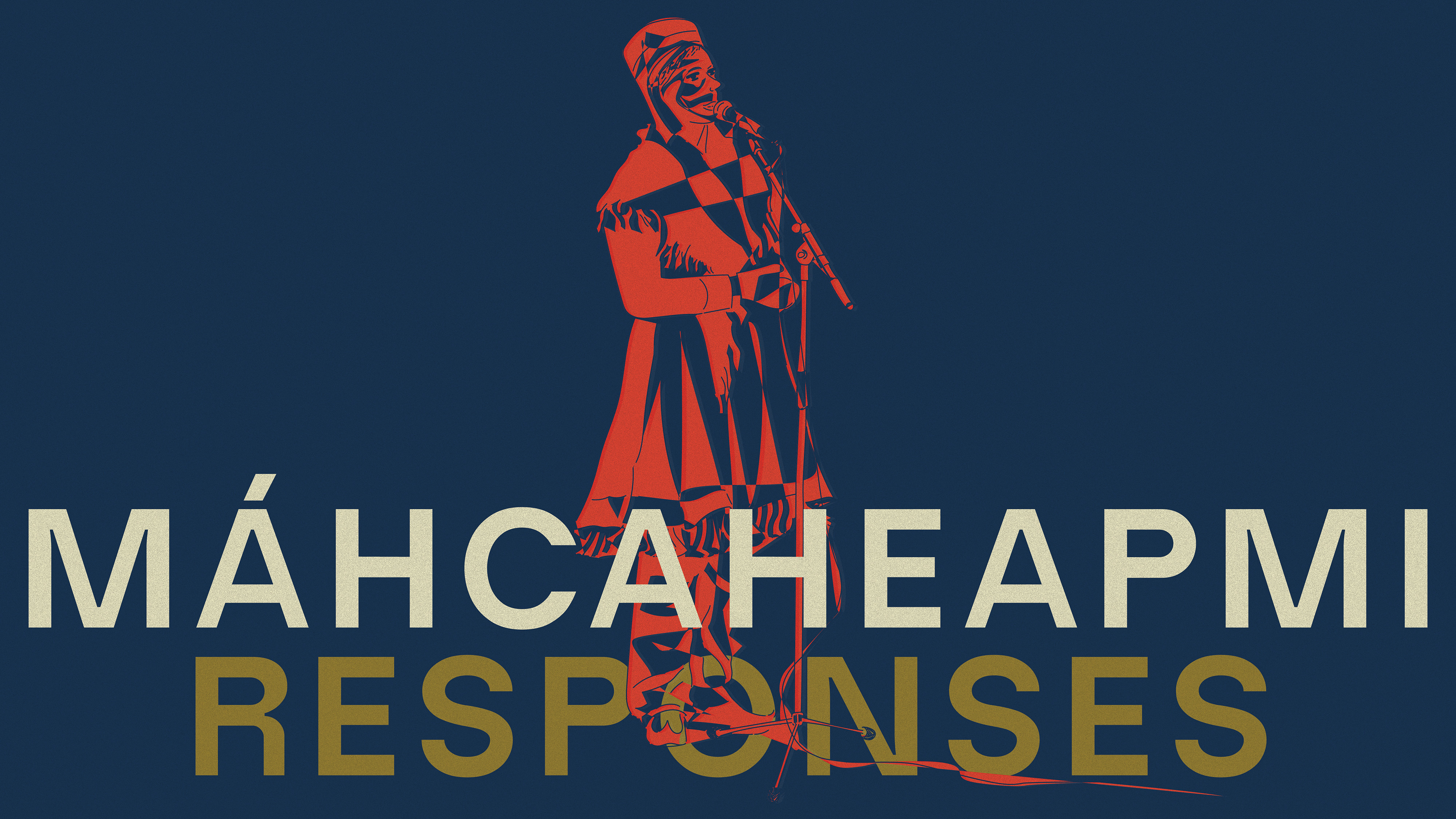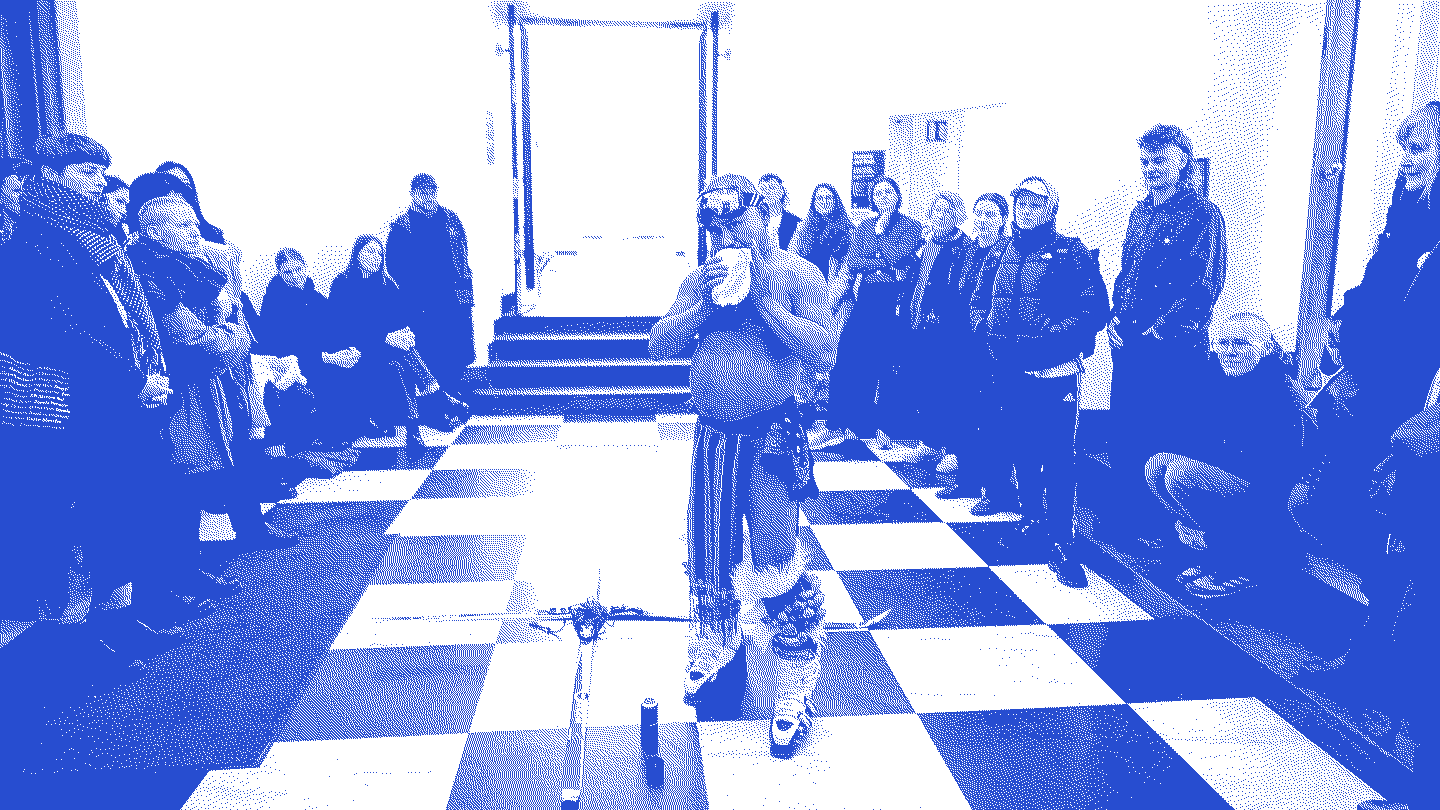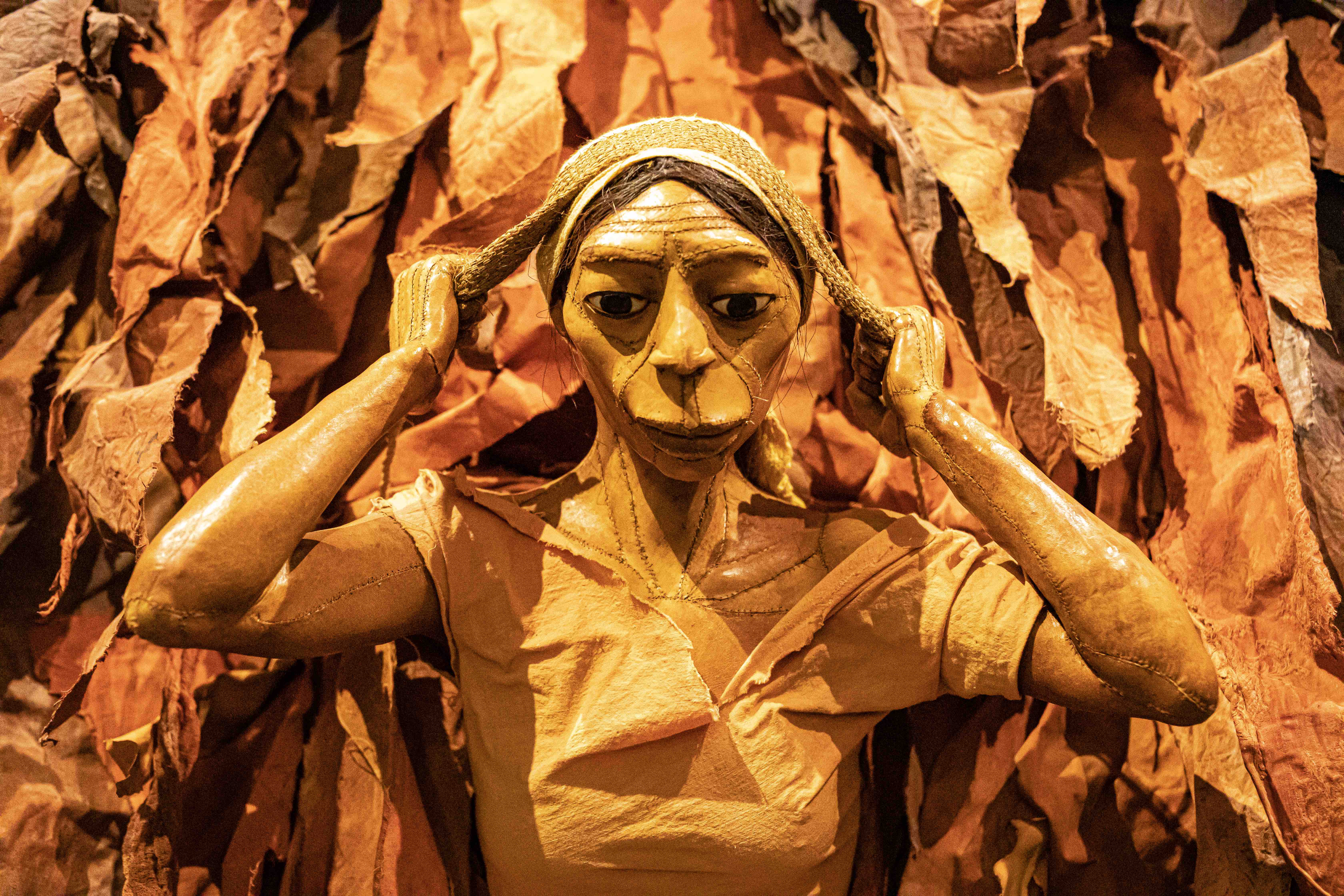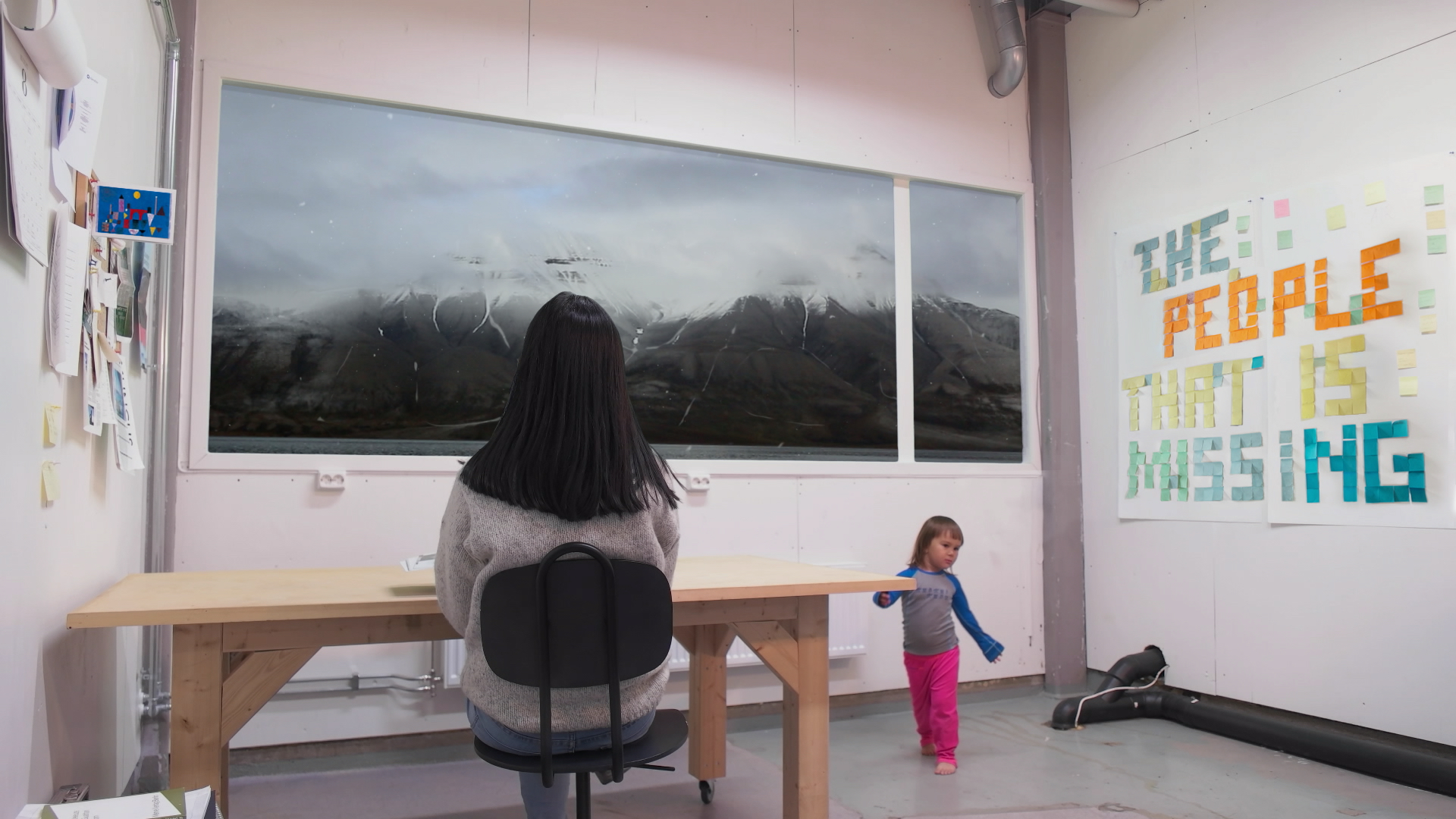Whatever Happened to Sex in Scandinavia?
Screening of Vilgot Sjomans I Am Curious
(Yellow), 1967
Tuesday, November 27th at 7:00 pm
Marta Kuzma on “Whatever Happened to Sex
in Scandinavia?”
Wednesday, November 28th at 7:00 pm
Havard Nilsen on “The Troll Circle – The Social Construction of Wilhelm Reich as a Pseudoscientist”
Thursday, November 29th at 7:00 pm
“Men have landed on the moon but to many, I Am Curious (Yellow) will be the event of 1969.” Such read the headlines appearing in American newspapers when the film, directed by Vilgot Sjoman, was seized by U.S. customs officials on the grounds that it was pornographic. A film about a radical student who engages in a public inquiry into the social, political and sexual questions relevant to Swedes at the time, I Am Curious (Yellow) unfolds in terms of recording devices, pads and pencils, posters, Cinéma vérité, interviews, and fiction film. According to Vincent Canby, a New York Times film critic at the time, I Am Curious (Yellow), together with Andy Warhol’s Chelsea Girls (1966), “contributed to a mini-revolution in the commercial movie underground – that twilight industry made up of producers of sexploitation films.”
“Whatever Happened to Sex in Scandinavia? “
Marta Kuzma takes as her point of departure Sjoman’s I Am Curious (Yellow) and its censorship edict in the U.S. to explore how the ban against the film served as a door opener to the pornography industry in the United States. In doing so, “Whatever Happened to Sex in Scandinavia? ” reflects upon the international perception of Scandinavia at the time as a sexual Utopia and deconstructs the reasons behind the building of these representations with the aim of investigating their mythical status. The presentation includes excerpts from the following films: Torgny Wickman’s Language of Love (1969), Dusan Makavejev’s W.R. – Mysteries of the Organism (1971), and Bo Vibenius’ Thriller – A Cruel Picture (1974).
“The Troll Circle: The Social Construction of Wilhelm Reich as a Pseudoscientist”
Freud’s controversial pupil, Wilhelm Reich, lived in Norway from 1934 to 1939, a period when he wrote The Sexual Revolution and launched psychoanalysis as an experimental laboratory science coining the concept of the “orgone”. Remaining active politically as a Communist, Reich developed a community with other political dissidents in Norway, such as Jacob Walcher, Willy Brandt and Leon Trotsky. Taking modern science studies and the notion of the social construction of science as a starting point, Havard Nilsen revisits the first public debate related to the experiments around sexual energy conducted in Norway, in order to argue that the political aspects were far more important than the scientific issues at stake in the debate, especially the so-called Trotsky affair at the beginning of the Moscow Trials.
About the Participants
A Swedish film director and former assistant of Ingmar Bergman, Vilgot Sjoman dealt with controversial issues of social class, mortality, and sexual taboos throughout the ’60s. Perhaps best known for the much publicized I Am Curious (Yellow), 1967, Sjöman directed many films, including My Sister, My Love (1966) and the censored 491 (1964), a film based on Lars Görling’s novel dealing with issues of homosexuality and juvenile delinquency. Having studied film at UCLA in the mid ’50s, Sjöman claimed his interest in the contradictions inscribed in Hollywood production codes. Director of the Office for Contemporary Art Norway, Marta Kuzma is a critic and curator who is currently working on an expansive publication and exhibition entitled Whatever Happened to Sex in Scandinavia? scheduled to open in Oslo in winter 2008. Havard Nilsen is a historian and social scientist educated at the Universities of Oslo, Strasbourg and Cambridge. He is currently the Editor at Res Publica, a publishing house and think tank based in Oslo.
[OCA, NYC]
[OCA, NYC] is an experimental platform launched by the Office for Contemporary Art Norway in Oslo to initiate projects, seminars, talks, screenings, and to host short-term residencies as an alternative and satellite space. [OCA, NYC] is physically lodged within the historical Cunard Cruise Lines building (and former Police Museum), adjacent to Battery Park and accessible via subway by the 4,5 at Bowling Green, the 1, R, W at Rector Street or the J, M, Z at Broad Street.
[OCA, NYC]
25 Broadway
NY, NY
R.S.V.P. to jorn@oca.no
